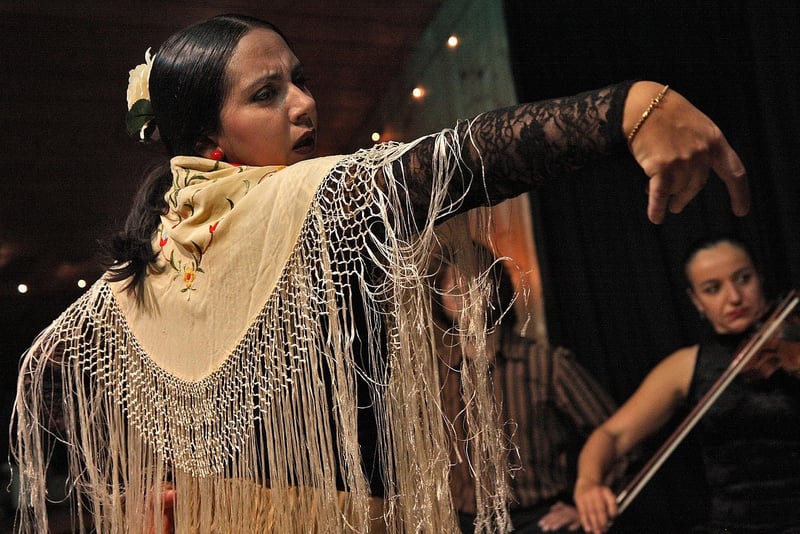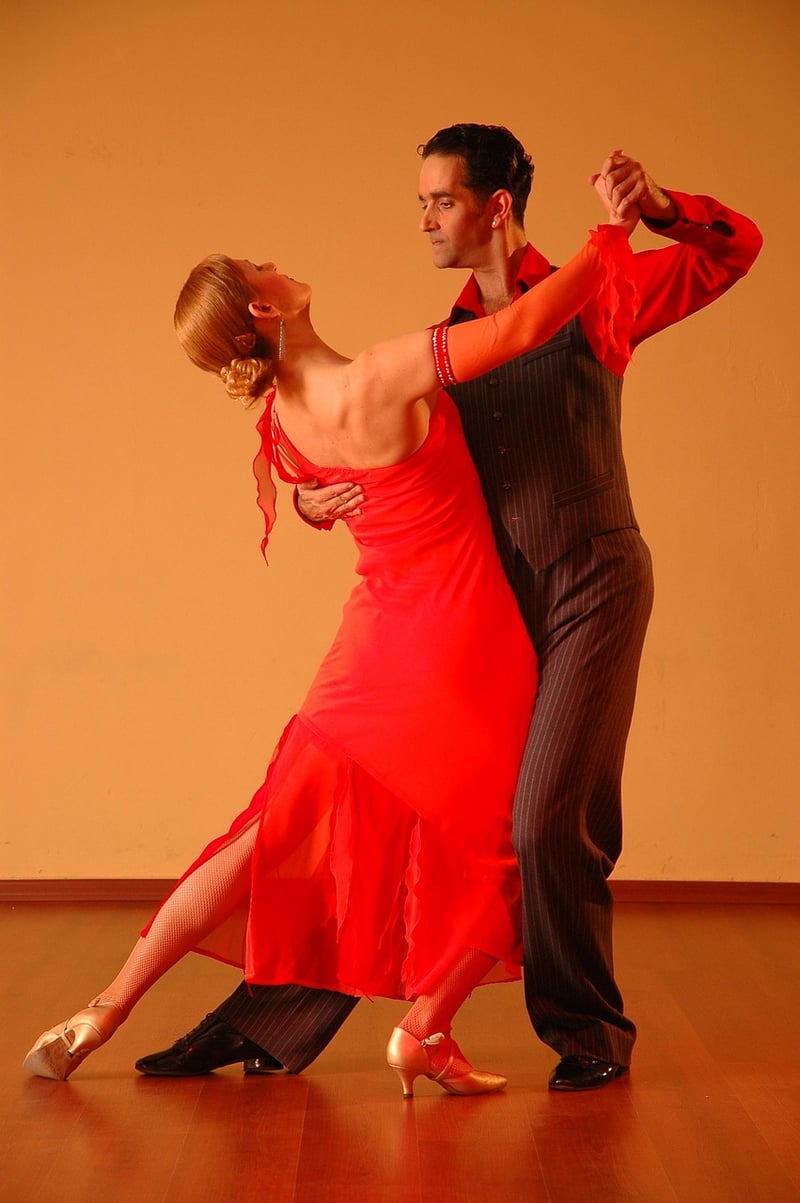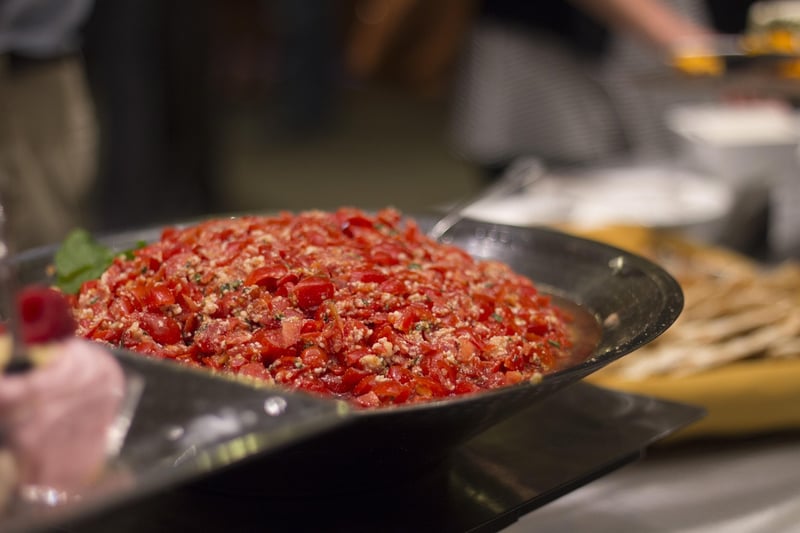Salsa
The Art of Expressive Movement in Salsa Dancing

Salsa dancing is more than just a series of steps; it's a form of expressive movement that allows dancers to connect with the music, their partner, and themselves on a deeper level. Incorporating expressive movement into salsa not only enhances the visual appeal of the dance but also adds emotion and passion to each step.
What is Expressive Movement?
Expressive movement in salsa involves using body language, facial expressions, and gestures to convey the emotions and rhythms of the music. It's about letting go of inhibitions and allowing the music to guide your movements, creating a powerful connection between the dancer, the music, and the audience.
Benefits of Adding Expressive Movement to Salsa
- Enhances the emotional connection between partners
- Brings a dynamic and captivating element to the dance
- Allows for individual expression and creativity
- Helps dancers interpret the music more authentically
Tips for Incorporating Expressive Movement into Your Salsa Dancing
- Feel the music: Let the rhythm and melody guide your movements.
- Connect with your partner: Use eye contact and body language to establish a strong connection.
- Express yourself: Don't be afraid to show emotion and passion through your movements.
- Practice body isolation: Work on moving different parts of your body independently for added flair.
- Watch experienced dancers: Learn from professionals and observe how they incorporate expressive movement into their salsa dancing.
By adding expressive movement to your salsa dancing, you can elevate your performance and create a more immersive experience for both yourself and your audience. So next time you hit the dance floor, remember to let loose, feel the music, and express yourself through every step!

